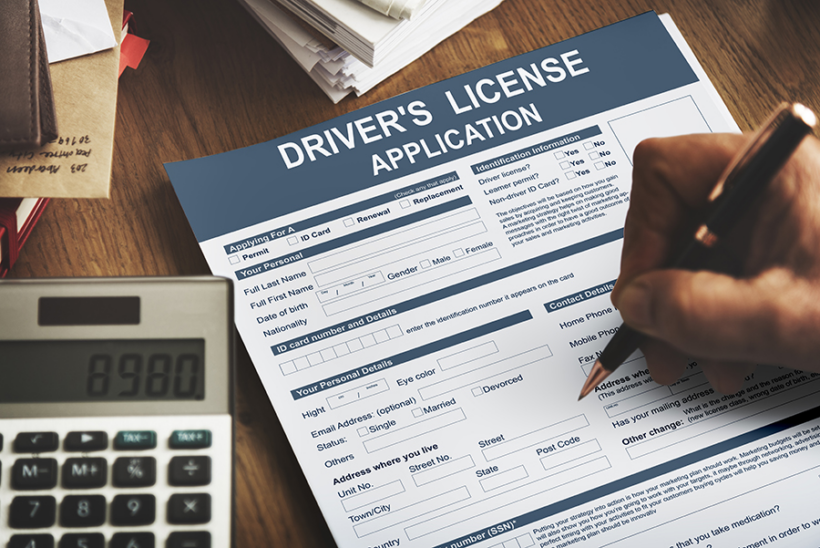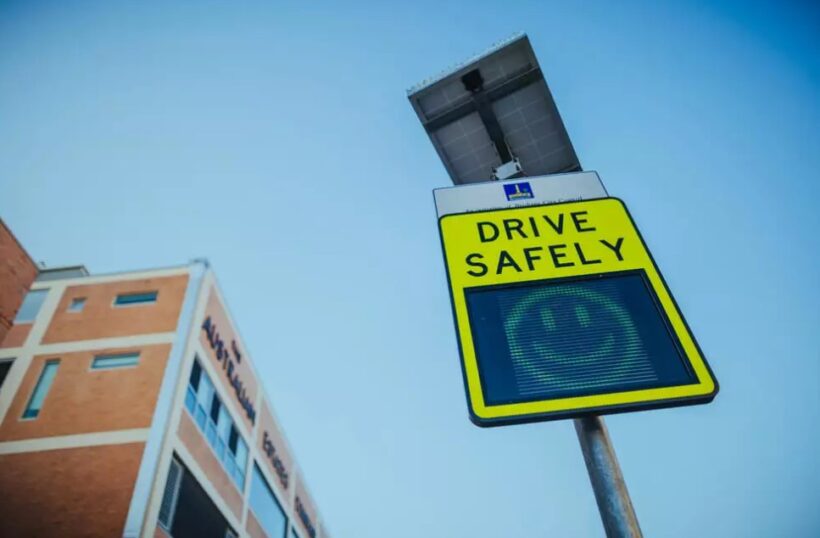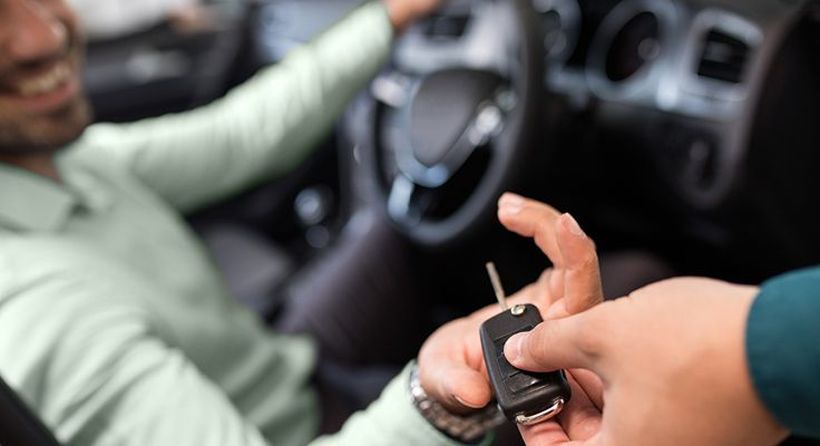There may come a time when you’ll be asked to drive another person’s car. It could be because of an emergency or you were simply asked by the car owner to drive their automobile. Either way, driving someone else’s car is not always a legal thing to do.
In this article, we’ll take you through all the things you should know before driving another person’s car.
1. You Need To Have Permission
As long as you’ve been given permission to drive someone else’s car, there should be no problem at all. Most of the time, you’re permitted to operate a friend’s vehicle, as long as it’s covered by their insurance.
Most car insurance policies will provide coverage for any driver whose names you’ve included in the policy or anyone you’ve given permission to operate your vehicle. It’s a practice known as permissive use. Therefore, as long as the driver has your authorization to use your car, your policy should cover them in the event of an accident. Bear in mind that certain states provide lesser coverage advantages to individuals who use your vehicle.
You won’t be held responsible if someone uses your car without your permission and causes an accident. This is referred to as non-permissive use. For instance, if your friend borrows your car without your consent and gets involved in an accident, their own insurance policy will cover the damage. Similarly, if a thief takes your car and collides with another vehicle while being chased, you won’t be liable for damages. But you may file a claim with your own insurance company for car repairs.
2. You Need To Have Your Own Insurance Policy
If you’re regularly being asked to drive another person’s car for different reasons, then you should consider getting your own insurance policy.
Insurance companies like GoShorty have already incorporated permissive usage into the car insurance policies they provide because they’re aware that individuals frequently borrow other people’s cars. If you don’t own a car but are usually required to use someone else’s, you might want to ask the owner to include you as a listed driver in their insurance policy. Alternatively, you can get non-owner car insurance for yourself. However, being included in someone else’s car insurance coverage is the better option since you won’t have to pay monthly premiums for your policy.
3. Be Familiar With The Car

Now that you’re legally and officially covered to operate another person’s automobile and have the essential documents to prove it, it’s time for you to become familiar with the vehicle. Even if you have exceptional driving skills, they won’t matter much if you don’t familiarize yourself with the borrowed car.
It’s highly likely that the car you’re borrowing has a different make and model from the one you own. The car you’ll be driving could be an SUV, sedan, hatchback, or pickup. Each vehicle type comes with its own set of peculiarities. This is why some people find it harder to maneuver or park pickups and SUVs than hatchbacks.
Aside from that, you also need to get acquainted with the controls of the car and their respective locations on the dashboard. You don’t want to be driving on the road without learning how to use the windscreen wipers or turn on the fog lights.
4. Adjust Your Input Levels
Since you’re still not familiar with the car it may be challenging to operate it as you would your own. The clutch, brake pedals, accelerator, and even the steering wheel may feel different to you. Therefore, you need to adjust yourself to these things accordingly so you can operate the vehicle safely.
The best way to get used to a different car is to start off slowly. As you practice more, you can increase your input levels in each component. Sudden inputs on the accelerator, in particular, can lead to crashes. With a little bit of time and as you start to become more familiar with the car, you should be able to find the optimum input so you can drive the vehicle more efficiently.
5. Know Your License

Most people are unaware that licenses have different kinds of restrictions. In most countries, drivers are assigned a set of restriction codes that indicate the type of vehicles they are legally allowed to operate. Keep in mind that the restriction code is not a measurement of a person’s driving skills.
When you apply for a driver’s license, you’ll be given the option to choose the kind of vehicle you wish to operate. So, if you drive a vehicle type that is not included in your license, you’ll be reprimanded by the local authorities.
6. Be Confident And Remain Calm
The last thing you should know when it comes to using someone else’s car is to be confident and calm while driving. When operating someone else’s car, you could experience anxiety because you fear damaging it. However, panicking might put you in perilous circumstances. So, stay calm and relax. Think of it as though you’re driving your own car.
7. Drive Safely

Lastly, you need to drive safely while on the road. Understand that there are some drivers out there who don’t practice defensive driving or simply have no understanding of traffic laws. It can be tough not to get frustrated sometimes when other people bend or break the traffic rules. But you still need to practice caution and courtesy when driving.
But if you practice defensive driving and are a more responsible driver while on the road, it can keep you and the car safe, especially if you’re taking another person’s car.
Final Thoughts
Borrowing a car is common among people who don’t own one. So, if you own a car and allow others to use it, you should think about the repercussions of not having car insurance coverage that protects you against liabilities. Similarly, if you’re driving someone else’s car, you should first evaluate the owner’s car insurance policy to check if you’re covered. This ensures that you won’t be held legally accountable in the event of an accident.

